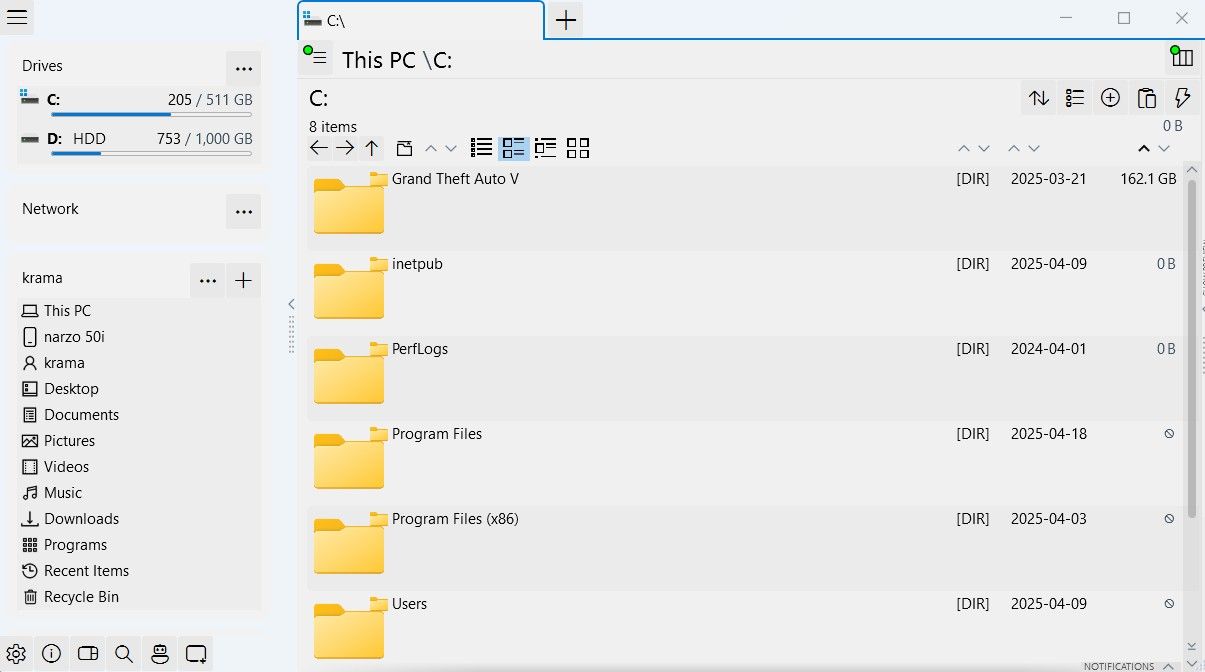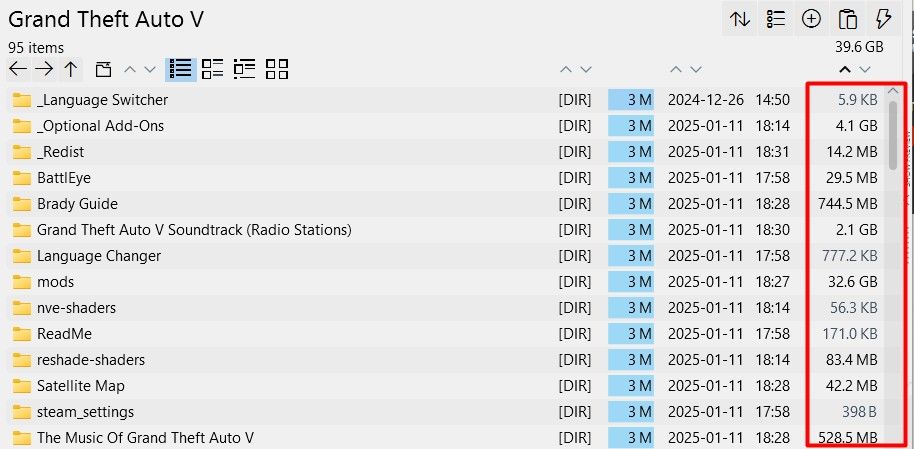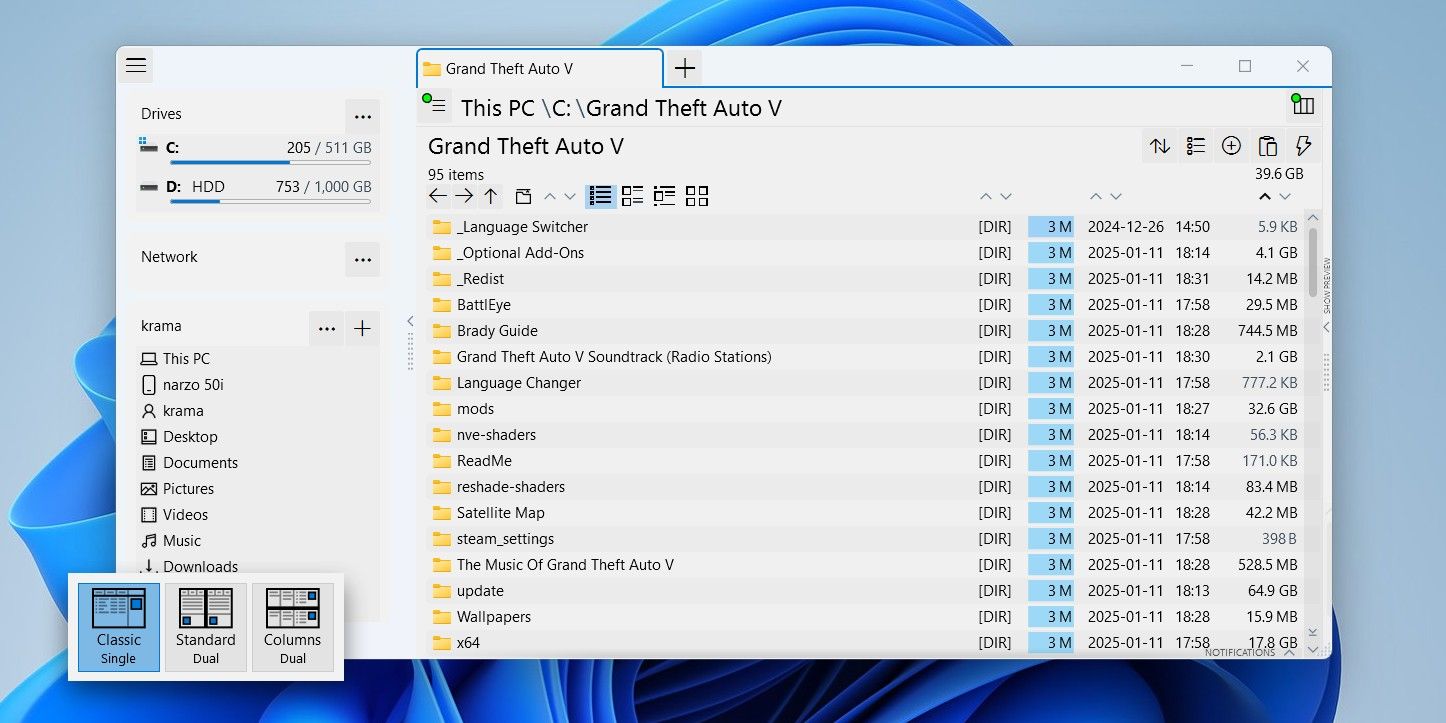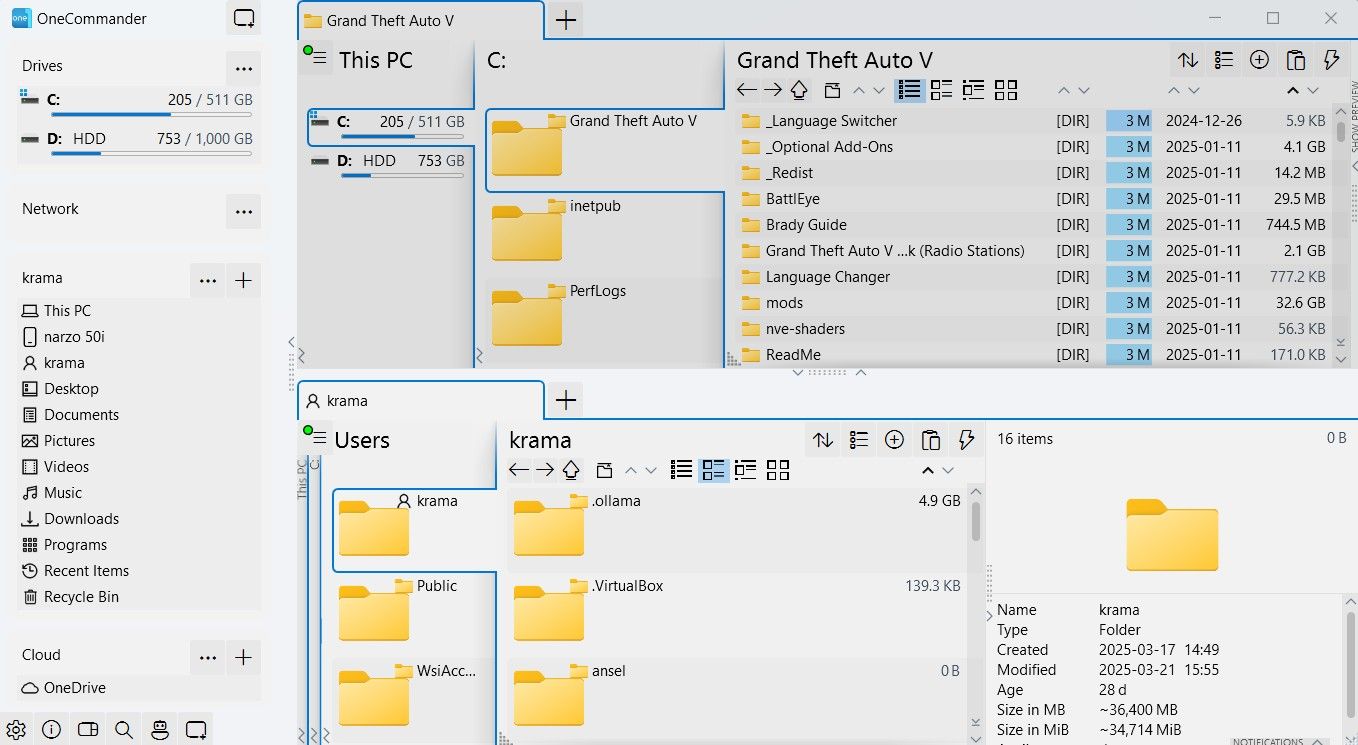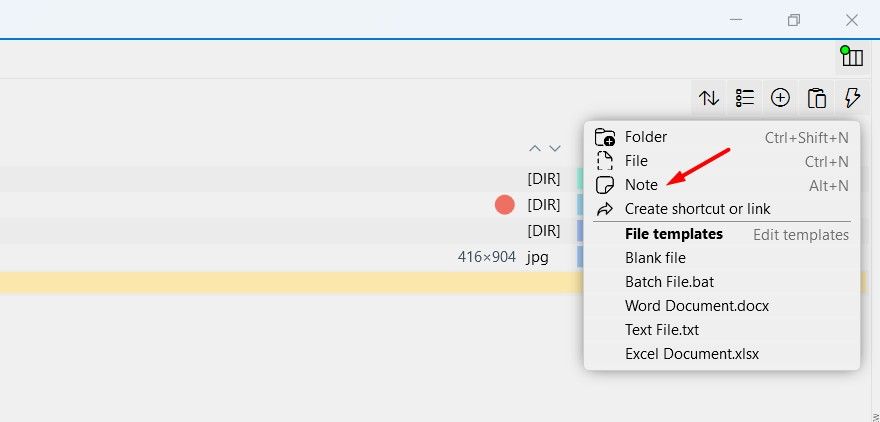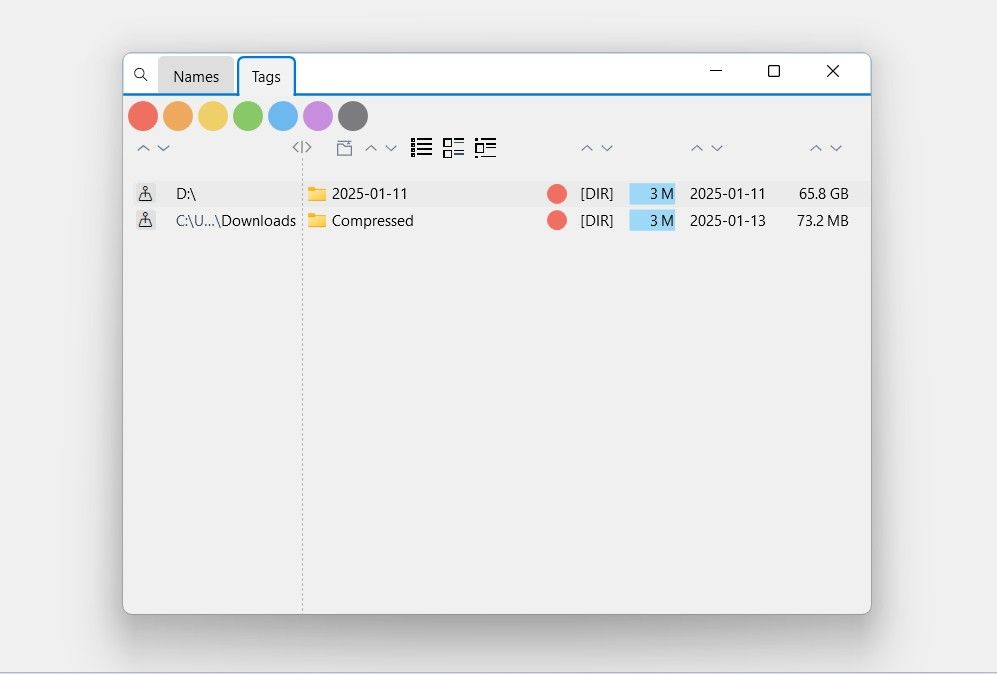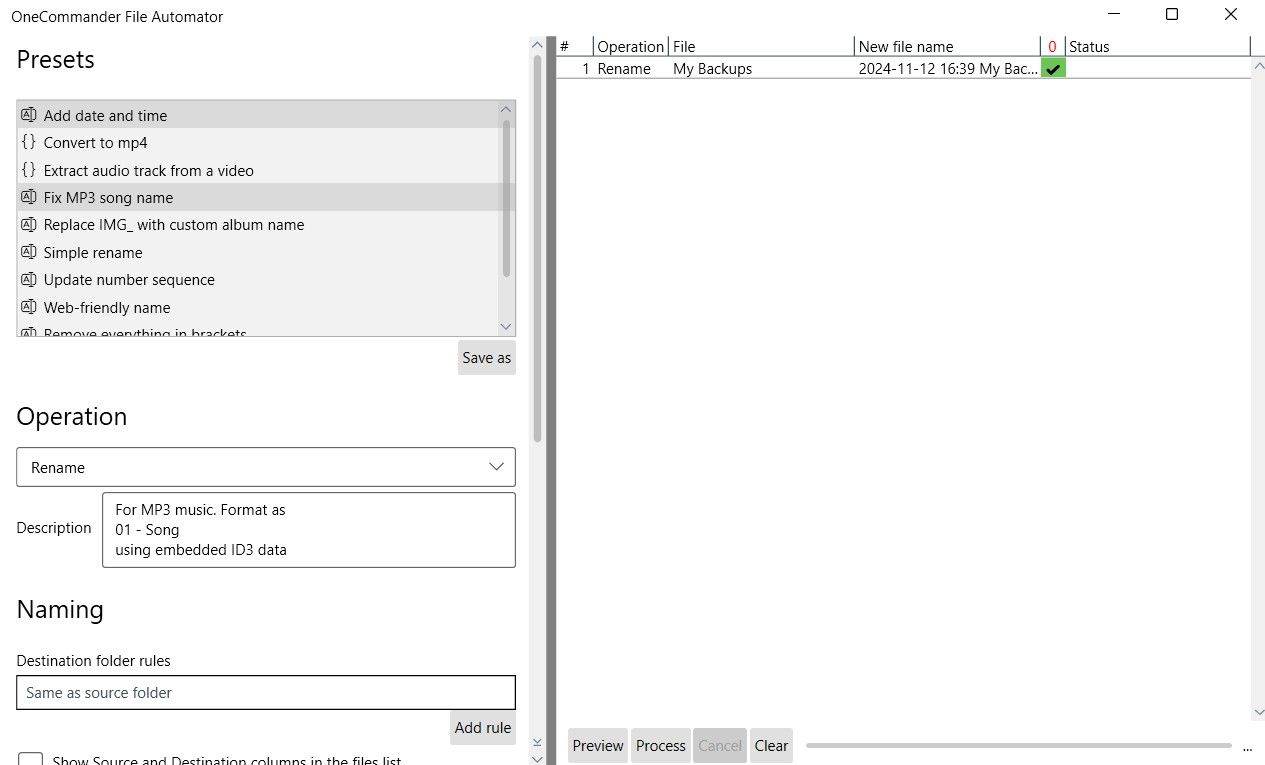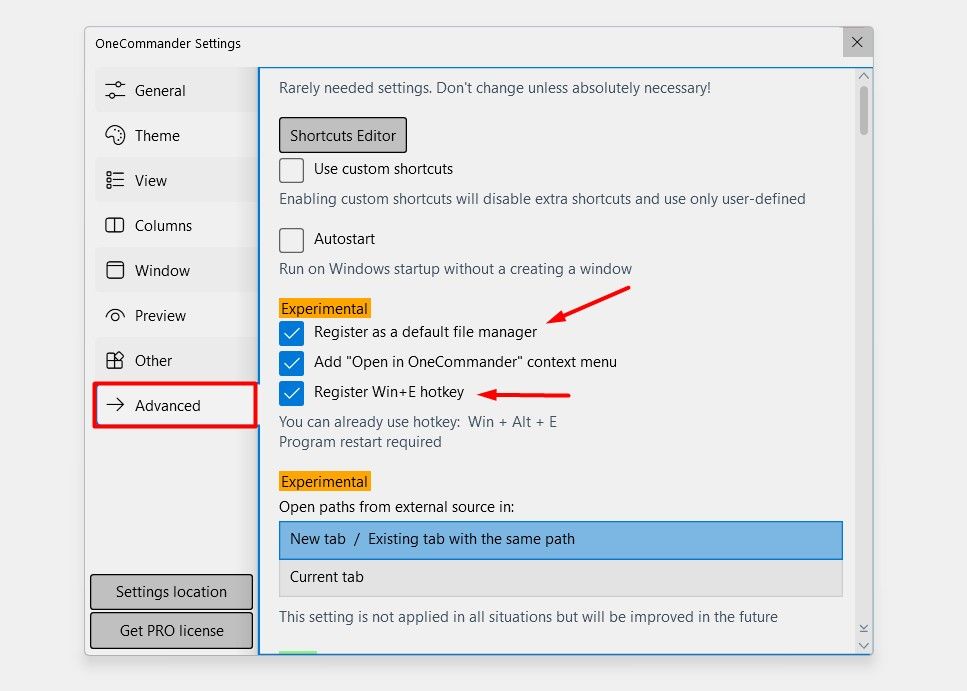The Windows File Explorer has evolved a lot over time, but there are still many important features that are missing from it. That’s why I’ve started using a third-party file explorer that addresses all the concerns that I have with the Windows File Explorer.
Why I Hate the Windows File Explorer
Windows File Explorer has been the default file manager on Windows for ages, and while it’s good in many areas, Microsoft has always been slow to introduce new features. For instance, features like dark mode and multiple tabs that have been available in other file managers for quite some time were only recently added to File Explorer.
While we’re fortunate that Microsoft finally decided to add these two features, there’s still a long list of important ones that we’re not sure will ever make it to File Explorer. If I had to name a few, they would include the ability to preview folders, a batch rename feature, dual-pane browsing, and more. While I can tolerate the absence of most of these features, there’s one I’m not willing to compromise on, and that’s the ability to view folder sizes.
Microsoft says that they don’t make File Explorer display folder sizes in the size column due to performance concerns. Although you can install a third-party application called Windhawk to enable folder size display in File Explorer, unfortunately, the result is not as smooth as you might expect.
In addition to this, there are several other issues I have with File Explorer. It’s not fast enough, it doesn’t offer many customization options, and most importantly, it doesn’t have a dedicated support team. Yes, you can use the Get Help app to reach out to Microsoft’s support team if you have a complaint about File Explorer, but there’s no guarantee you’ll receive a response or that your issue will be addressed.
However, since most third-party file explorers, including the one I’m going to recommend below, are developed by individuals rather than organizations, there’s a higher chance your concerns will be heard and resolved quickly.

Related
You Probably Don’t Know About These Hidden Features in Windows 11 File Explorer
Even though PC users use Windows File Explorer all the time, these are some features that often go unused and unrecognized.
What I Use Instead of Windows File Explorer
I use OneCommander as the File Explorer alternative on my computer. Before it, I was relying on File Pilot, but its heavy price tag of $40 really turned me off, and I switched to OneCommander which offers equally good features for free. That said, let’s check out all the points that give OneCommander an edge over File Explorer.
UI and Speed
Beauty is subjective! This means that the things that I find beautiful might not look as good to you. That said, I really like the modern UI of OneCommander. Windows File Explorer UI is definitely not bad, and indeed it is very simple to understand, but still, I prefer OneCommander UI over it.
OneCommander doesn’t compromise on speed, either. The speed at which files and folders open in OneCommander is just as fast, if not faster, than File Explorer. The app is also just 64 MB in size, which is smaller than most of the other applications available for Windows. Furthermore, in my testing, I found that OneCommander doesn’t put much strain on the CPU. Specifically, CPU usage briefly spiked to 2% when launching the app, then quickly returned to idle.
In comparison, launching File Explorer caused CPU usage to rise to 5% before dropping back to idle. While the difference might seem minor, it can have a significant impact if you’re using a low-end device.
Importantly, OneCommander displays folder sizes by default. This important feature is missing from Windows File Explorer, and since Microsoft has clearly stated that enabling it would add significant load on the CPU, it’s unlikely they’ll be adding this feature to File Explorer anytime soon.
Dual Pane Layout
One of the main highlights of OneCommander is its Windows-style layout feature. By default, it’s set to the classic single-pane layout, but you also have two other options to choose from—standard dual and columns dual.
The standard dual layout lets you view two folders side by side, while the columns dual option displays folders in a column-based format.
The columns dual view feels a bit overwhelming to me, which is why I personally prefer using the standard dual option.
The ability to view two folders side-by-side can make it easier for you to compare their content. It’ll also allow you to quickly transfer files and folders between them.
Easy to Distinguish Files by Date and Time
The way OneCommander displays a file’s age is a bit different and more interesting than how Windows File Explorer does it. When you visit a folder on your computer and switch the view type to “List,” OneCommander shows how many years, months, hours, or minutes old each file is in that location.
Interestingly, it assigns different colors to files based on their age. For example, if a file is just a few days old, OneCommander will assign it a parrot green color. If a file is a few months old, you’ll see its age being displayed by the sky blue color.
Better File and Folder Management
OneCommander offers two small but important features that can help you better manage files and folders on your computer.
The first is the ability to add notes at any location. For example, if you need to step away from your computer but don’t want to forget the changes you plan to make in a particular folder, you can create a note in that location. This way, the next time you access the folder, you’ll see the note reminding you of what you intended to do there.
The second feature is the ability to assign different colors to folders. To do this, right-click on a folder and choose the color you want to assign. Currently, there are seven color options available. You can assign a specific color to an important folder to make it easier to find, especially if it’s located in a directory with thousands of other folders.
Furthermore, the search functionality in OneCommander is a bit different from that of Windows File Explorer. In addition to allowing you to search by the name of a folder or file, OneCommander also lets you search using color tags. For example, if you’ve assigned a specific color to a file, you can simply select that color under the tag section, and OneCommander will display all the files and folders with that color tag in the selected location.
File Automator
File Automator is another interesting feature of OneCommander. It comes with a variety of presets, such as adding the date and time to a file name, removing anything in brackets from a file name, adding text after the name, and many more. You can even use it to fix the name of an MP3 file.
For example, if you’ve downloaded a song from the internet, and it has the wrong name, you just need to select the file and choose the “File Automator” option. Then, under the Preset section, select “Fix MP3 Song Name” and click “Process.” File Automator will correct the song title using its metadata.
There are some other presets as well, like converting files to MP4 format or extracting audio tracks from a video. However, you’ll need to purchase OneCommander’s $25 premium plan to access those advanced features.
A Lot Of Customization Options
Unlike Windows File Explorer, which offers limited customization, OneCommander comes with a wide range of customization options so that you can tailor the file manager to your preferences. To customize OneCommander, you need to click the hamburger icon in the top-left corner and select “Program Settings.”
In the Settings menu, you’ll find all the customization options available for the file manager. Under the General tab, you can adjust settings like language, font size, tag colors, and manage animations.
In the Theme tab, you can choose between the dark and light themes for the file manager. Interestingly, you don’t only get the option to change OneCommander’s overall look, but you can also download different icon packs to change the looks of icons.
There are several other tabs as well, including View, Columns, Window, Preview, Other, and Advanced. I’d recommend you explore each tab one by one to check out all the available options and features you can control.
How to Set OneCommander as the Default File Manager
If you’ve made up your mind that OneCommander is the best file manager for your computer, you should set it as your default file manager. To do this, open the OneCommander settings menu and select “Advanced” from the left sidebar.
Next, check the “Register as a Default File Manager” box. If you want OneCommander to launch when you press the Win+E key combination, also check the “Register Win+E Hotkey” box.
OneCommander is one of the few third-party file managers that offers this option directly in its settings menu. Many other alternatives, like File Pilot, don’t include this feature by default, which is why you’d need to make some registry edits on your computer to set them as the default file manager.
That said, if you ever decide to uninstall OneCommander in the future, you should first remove it as your default file manager and unassign the Win+E shortcut from it. If you uninstall OneCommander without doing these two things first, then you won’t be able to access the file manager on your computer, and you will have to reset your computer to get things back to normal again.

Related
My Setup for a Better File Browsing Experience on Windows
Never wait for a search to complete again.
That’s everything about OneCommander and the features I really like about it. Definitely, there are plenty of other File Explorer alternatives out there, like Total Commander and Directory Opus, but they’re all paid. And I don’t see the point in paying for just a file manager. That’s why OneCommander is the best option for me.
As mentioned earlier, OneCommander also offers a premium plan, but that’s really geared toward advanced users. If you’re just looking for a simple file manager to organize files and folders on your computer, the free version of OneCommander is more than enough.



